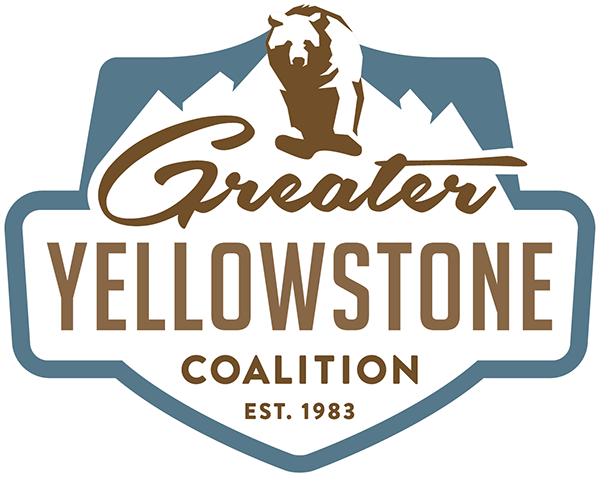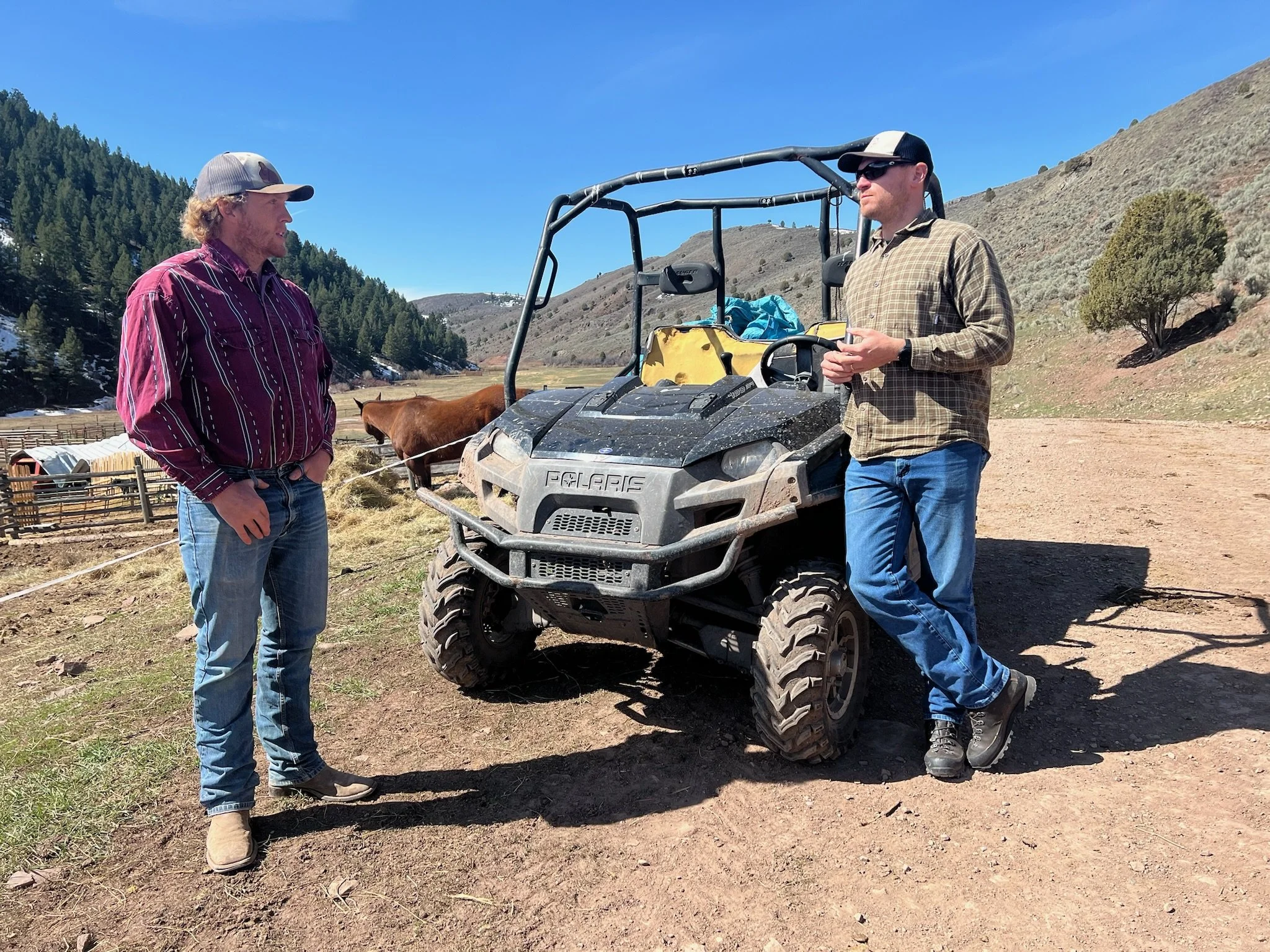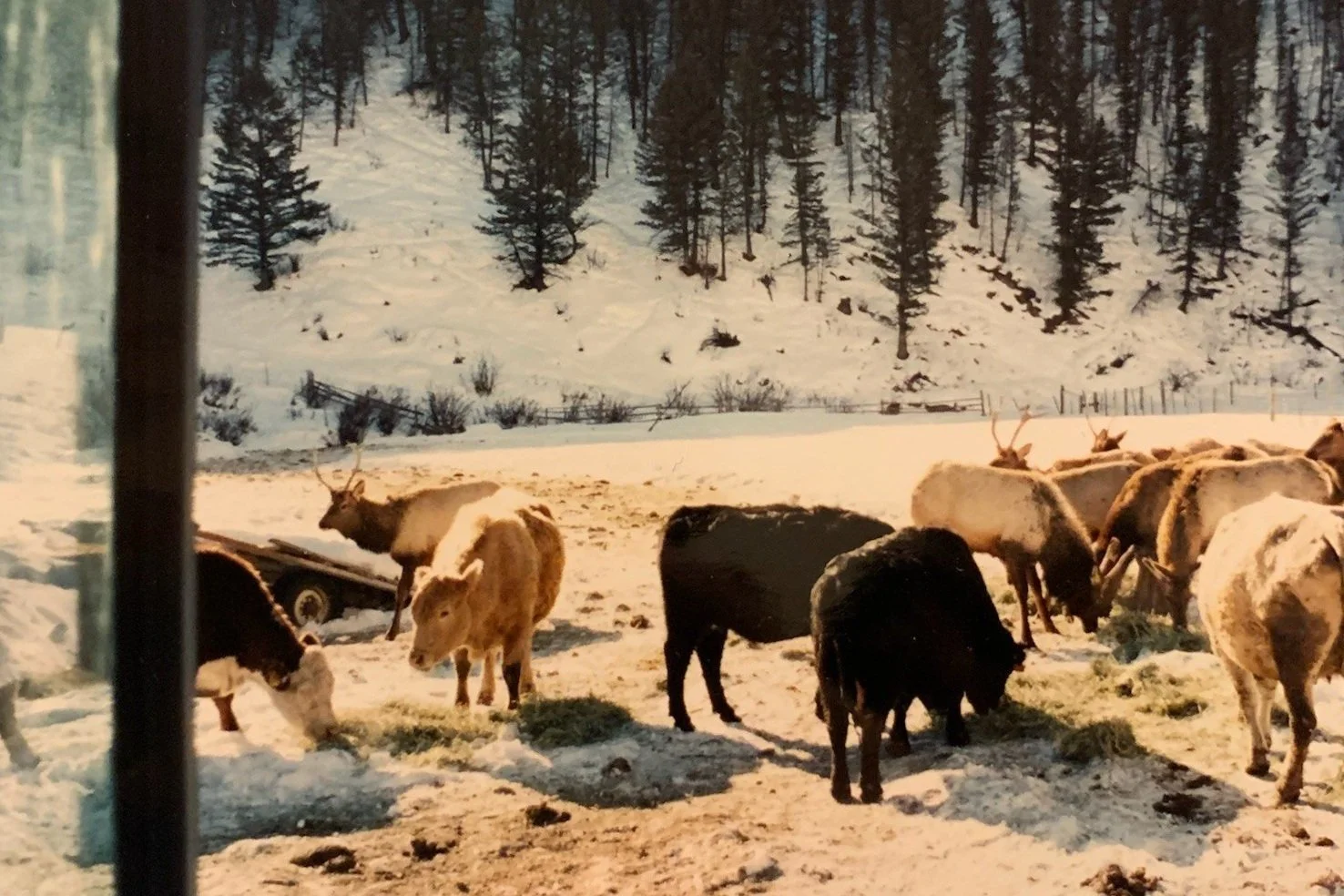Innovative Partnership Protects Wyoming’s Iconic Elk and Ranching Livelihoods
Western Wyoming is defined by iconic wildlife, expansive ranchlands, and diverse landscapes. Abundant herds of elk undergo significant annual migrations from high elevation summer habitat to lower elevation winter range. The contrasting summer and winter habitats highlight a complex annual life cycle many elk herds face moving from remote summer terrain to a mosaic of federal, state, Tribal, and private lands during the harsh winter months. Increasing development in low elevation areas of the Greater Yellowstone Ecosystem has resulted in the fragmentation of historical winter habitat, further stressing the migratory wildlife of the region.
Much of the winter range in Wyoming exists on private ranchlands. To reduce winter conflict between elk and cattle ranchers, state and federal agencies have implemented complex management strategies with significant ecological consequences.
Wyoming’s Forest Park Elk Feedground haystacks stocked for winter feeding. (Photo GYC)
For more than 100 years, elk have been fed by wildlife managers in western Wyoming. These feeding efforts began with the goal of reducing winter elk deaths and decreasing damage to private property. While the original intentions for feeding elk remain today, the desire to limit mixing elk and cattle to reduce disease transmission has emerged as a primary influence on feedground management. Today, 21 state-run elk feedgrounds exist in Teton, Lincoln, and Sublette counties alongside the National Elk Refuge, which is managed by the U.S. Fish and Wildlife Service. Wyoming is the only state with an elk feedground program.
What was once considered a proactive management solution is now a threat to the health of Wyoming’s elk herds. Supplemental feeding of elk promotes disease transmission because of the number of elk confined to a small space. Over the last several decades, the threat of Chronic Wasting Disease (CWD) has been marching its way across Wyoming's ungulate herds. The increasing prevalence of CWD in western Wyoming’s elk herds highlights the importance of reducing reliance on supplemental feeding efforts. CWD, a fatal, neurological disease that affects elk and other cervids like deer and moose, has been documented on four feedgrounds in the past four months, further highlighting the importance of implementing strategies that encourage elk to spread out and use native winter range.
Brucellosis is another disease that impacts wildlife, wildlife management, and ranching throughout Greater Yellowstone. Brucellosis is a European livestock disease that was inadvertently introduced to Greater Yellowstone’s elk population more than 100 years ago from cattle, and it remains today. This disease can be transmitted to livestock and induce abortions in infected animals, impacting ranchers’ livelihoods because of its effect on reproductive rates and marketability of their animals. The greatest chance of transmission from elk to cattle is when animals are sharing crucial winter range habitat between the months of February and May.
Spring Creek Ranch’s Luke Lancaster and GYC Wyoming Conservation Associate Teddy Collins at Spring Creek Ranch. (Photo GYC/Jared Baecker)
Recognizing the need for alternative wildlife management solutions, GYC has developed innovative private land conservation agreements that reduce conflict between elk and cattle and help ranchers live alongside wintering wildlife. Since 2019, GYC has worked collaboratively with the cattle ranchers, the Wyoming Game and Fish Department (WGFD), and the Knobloch Family Foundation to develop elk occupancy agreements that offer a voluntary, incentive-based approach to wildlife management on private lands. GYC currently manages two elk occupancy agreements in Teton County and a new agreement in Lincoln County.
These agreements are supported by the WGFD and incorporated as a management strategy into the Wyoming Elk Feedground Management Plan.
“Elk occupancy agreements negotiated by GYC in Teton and Lincoln counties have significantly increased winter tolerance for elk and reduced elk damage conflicts with livestock producers on the properties under contract,” Brad Hovinga, Jackson Regional Supervisor for the WGFD recently told me. “Additionally, these agreements have been found to reduce time spent on elk conflict issues by both the Department and cooperating landowners.”
The WGFD has played a critical role in providing on-the-ground knowledge of elk conflicts and introductions with conservation-minded landowners in the region.
Elk and cattle feed from the same hay bales on Spring Creek Ranch circa 2010. Spring Creek Ranch in Lincoln County, Wyoming, has a long history of elk comingling with cattle during the winter months. (Photo courtesy of Luke Lancaster)
In the fall of 2024, GYC entered into a new elk occupancy agreement with Spring Creek Ranch in Lincoln County. This fourth-generation cattle ranch has a long history of emergency elk feeding due to years of elk commingling with cattle and damage to ranch infrastructure like fence lines and haystacks. The agreement involves moving cattle off of the ranch for the winter months, strategic exclusionary and wildlife friendly fencing, and incentivizing the ranch to leave forage on crucial winter range free from cattle grazing.
Luke Lancaster now runs his family ranch at Spring Creek.
“The ranch has been with my family for almost 100 years, and I want it to stay that way for another 100,” he told me. “To not have to worry about elk in with cattle and a positive brucellosis test is a huge relief. This agreement really secures the future of our ranch.”
GYC will continue to work with private landowners who value the heritage and a durable future of ranching and the health of Wyoming’s iconic wildlife.
Private lands provide critical wildlife habitat, particularly during the winter months. Elk occupancy agreements serve as a prime example of collaborative, private land conservation initiatives that protect wintering wildlife, crucial habitat, and ranching heritage. GYC is grateful for the partners who make this project possible and donors who continue to support this important work.
Want to have more stories like this delivered right to your inbox? Consider signing up for our e-newsletter!
– Teddy Collins, Wyoming Conservation Associate




